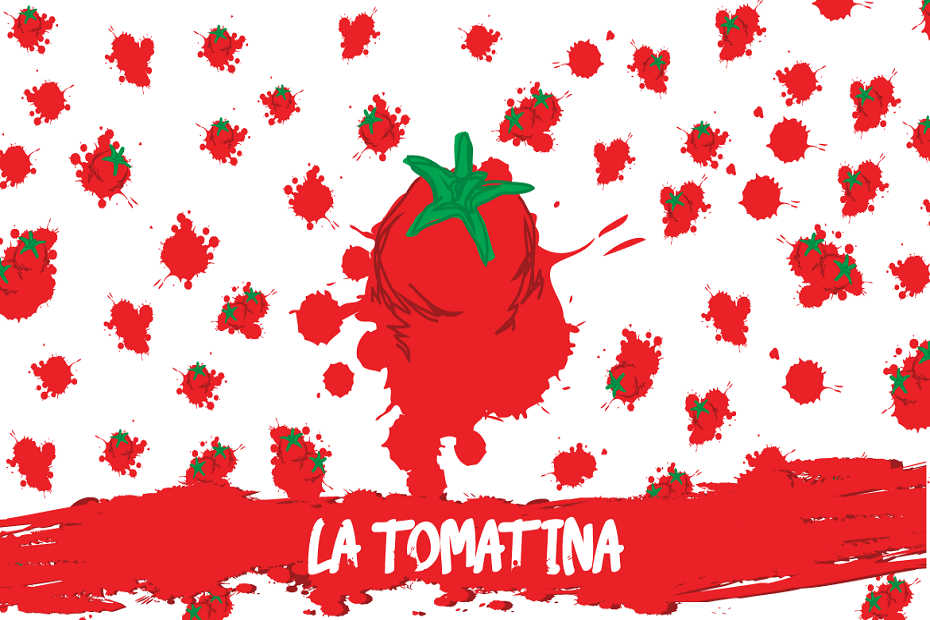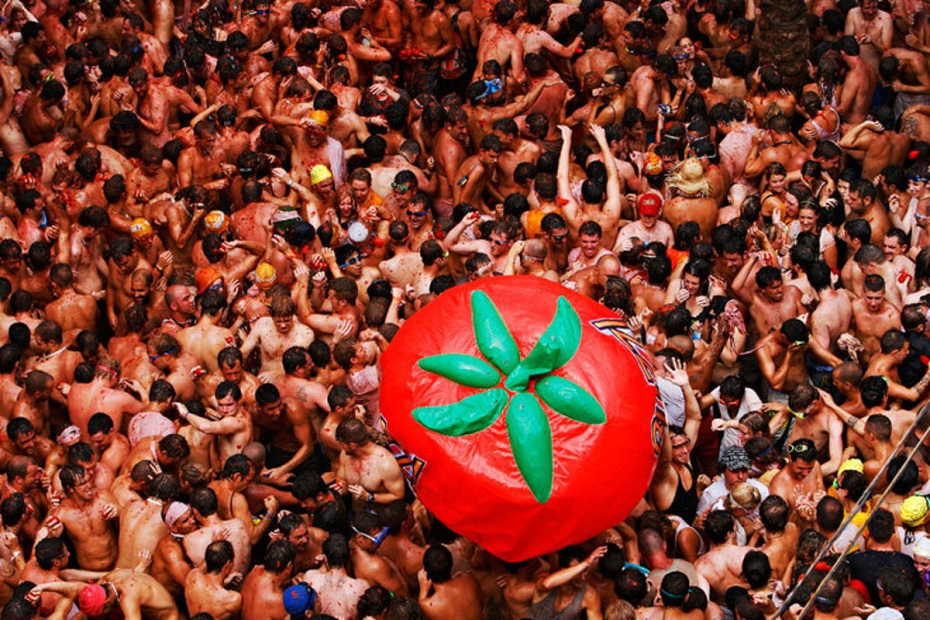About This Project
August 31st, 2022
Buñol, Spain
Details
La Tomatina Festival is regarded as “the world’s biggest food fight.” The festival takes place on the last Wednesday of every August in the eastern town of Bunol, which is near Valencia in eastern Spain. It is also the messiest date on the festival calendar of Spain. This sling fest is held around the main square of Bunol known as Plaza del Pueblo. Crowds of people come dressed in disposable clothes and spend an exhilarating hour pelting overripe tomatoes at each other!
75 tonnes of ripe tomatoes are offloaded from seven trucks at 10 am on that day. Rose wine is passed around before the commencement of the hurling session, and it doesn’t take much time for the crowd to transform into a red soupy mess! Water cannons signal the start and end of this fun-filled battle. Started as a local affair, this fest has become a magnet for revellers and is swamped by foreigners, accompanied by photographers and TV crew who come to document it.
History
The origins of La Tomatina have several theories surrounding it. One of the most popular theories states that the first Tomatina was held in 1945 as an impromptu small-time tomato slinging fest among amigos. This fest is a rarity among Spanish fiestas as there is no religious or political significance to it. Another version says that some young boys decided to join a parade with musicians, costumed Giants and Big-Heads figures in the town square. One boy accidentally knocked over one of the giant figures, who sprang up to his feet and started swinging out at everyone near him. The youngsters grabbed some tomatoes from a vegetable stall close by and started throwing them at him until the police arrived.
The following year on the same last Wednesday of August, these young people came back to the town hall square and started another tomato fight using their own tomatoes. Again the police intervened and in the following years, the local authorities tried banning it. The festivity was even banned till 1957, when a tomato burial was held as a mark of protest.
Residents carried out a demonstration, ‘The Tomato’s Funeral’ using a coffin with a giant tomato inside to show their disapproval of the ban. The parade was accompanied by a music band that played a mournful funeral march and it was extremely successful. In 2002, the fest was acknowledged as Festivity of International Tourist Interest by the Secretary Department of Tourism owing to its massive success.
The Rules!
- To avoid injuries, tomatoes have to be squashed before throwing.
- No other projectiles except tomatoes are allowed.
- Participants have to give way to the trucks and lorries.
- T-shirts must be worn throughout the festival (though that doesn’t stop most from ripping them off).
- No tomatoes can be thrown after the second shot fires.
Video
Location
For further information and ticket booking please contact us.
Plan your next journey
Tell us a few details and one of our advisors will get back to you.




